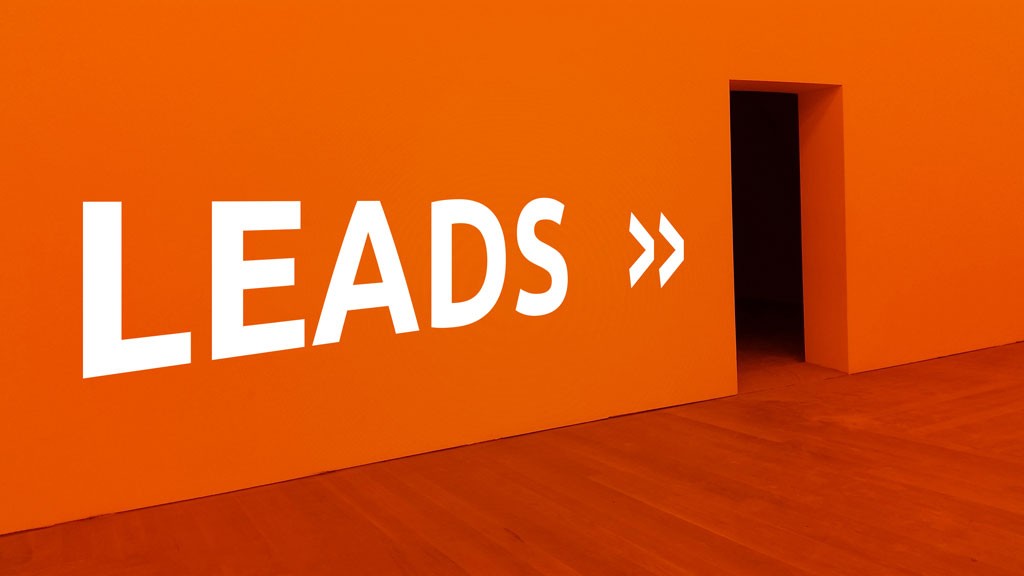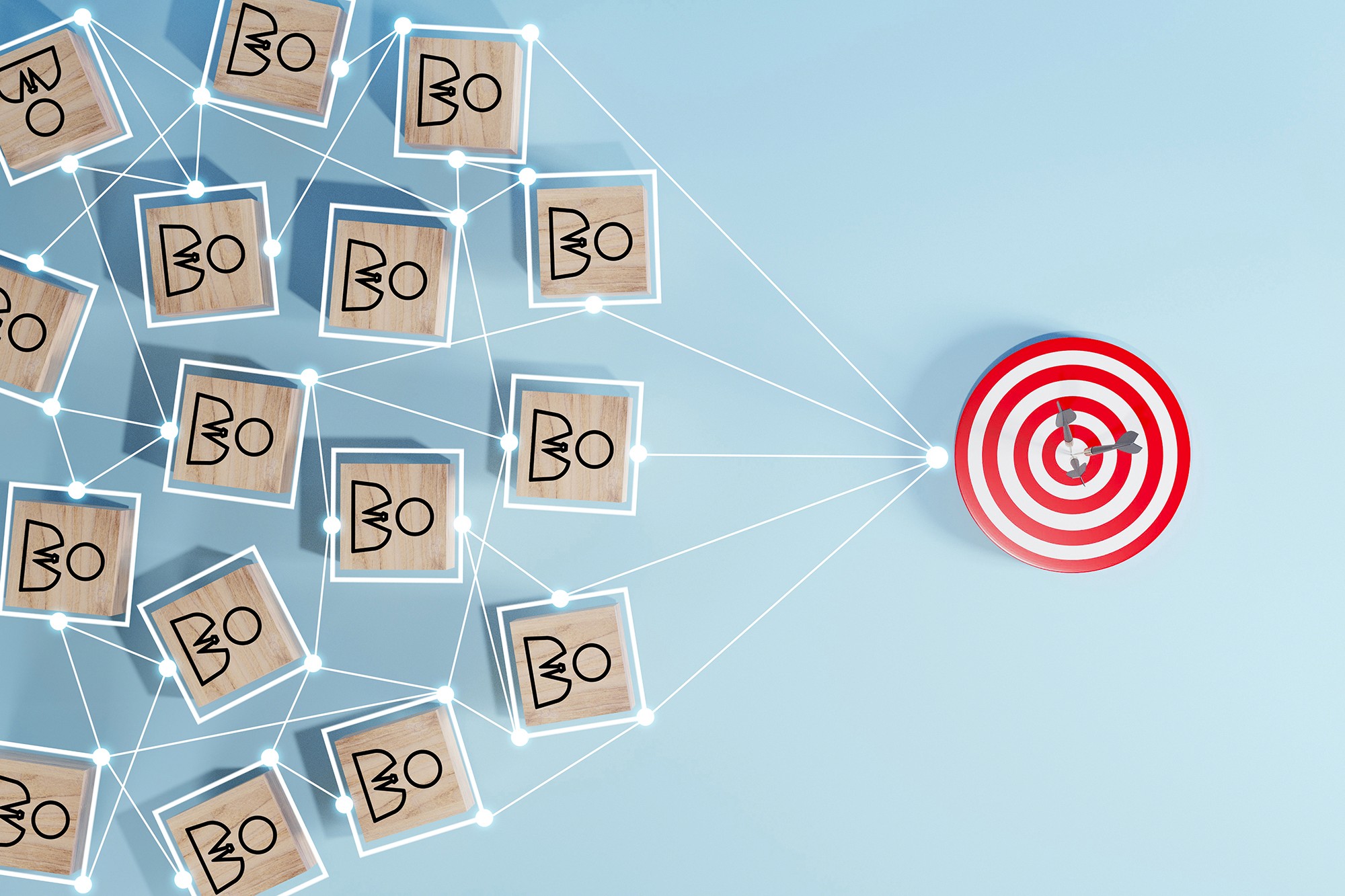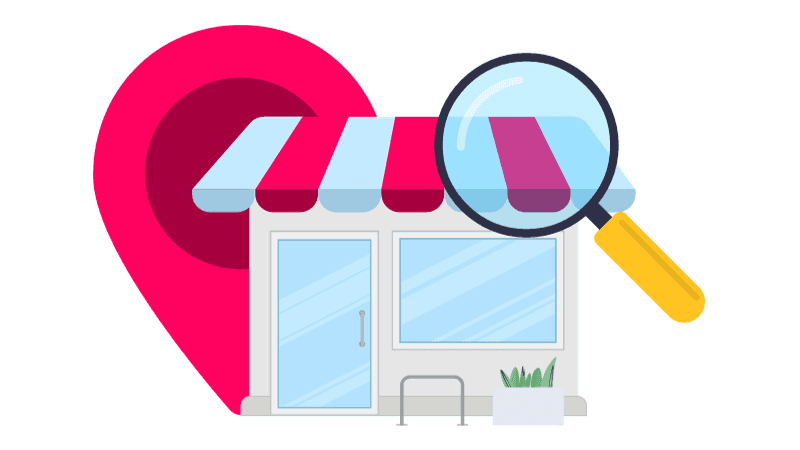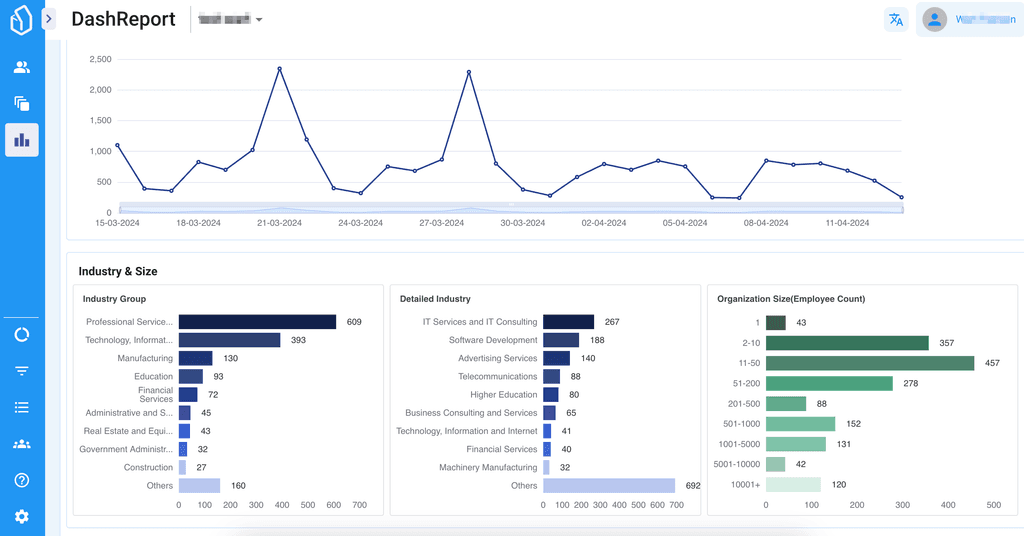
Lead Generation
How to Create a Lead Generation Funnel in Your Product
How to Create a Lead Generation Funnel in Your Product
2016-10-01

Lead Generation
How to Create a Lead Generation Funnel in Your Product
2016-10-01

Lead Generation
How to Create a Lead Generation Funnel in Your Product
2016-10-01
Table of Contents
Auto Generated TOC
Auto Generated TOC
Auto Generated TOC
Auto Generated TOC
In this post, we are going to work through a way to think about funnel optimization that could potentially produce some impressive growth numbers. We’ll call this the lead generation funnel concept, and it’s a fantastic way to scheme up methods of growing a SaaS company.
The lead generation funnel concept is all about optimization. Typically, companies begin to really think about it once they start generating huge amounts of traffic. However, just pausing to think about that for a minute will make you wonder, “why would anybody wait to begin optimizing?” If you optimize your lead generation efforts right out of the gate and create an amazing on-boarding and user experience, you’ll accelerate the growth of your company.
From the moment that you allow people to start using your SaaS product, you should be testing ideas, measuring results of tests, and repeating that non-stop. By doing this, you’ll design a lead generation funnel that helps you discover insane growth.
The lead generation funnel concept begins with the optimization of your sales and marketing efforts. This is because if you don’t have a good pipeline and flow of users coming your way, you won’t be able to test your goals and find ways to succeed.

Thinking about your sales and marketing, and how this impacts how you accomplish your goals should start when you’ve create your minimum viable product (MVP). This is important to consider doing the MVP stage because your sales and marketing strategy should be affecting the development of your product.
By allowing your strategy to influence your product development from the beginning, you’ll save a massive amount of time down the road. This is because you’ll be able to create a product that has marketing baked in, rather than being forced to create marketing that sells a product.
When you create a product that has marketing built in, you more clearly think about your product from your customers’ perspective.
When you better create a product by thinking about how customers will perceive it, you will discover opportunities to make your product grow faster. For example, you’ll be able to notice things like how your product will be enjoyed when multiple people from a company use it together.
By noticing things such as how your product will be enjoyed when multiple people from a company use it together, you’ll see an opportunity to add an invite system into your on-boarding flow.
Creating your hook
To get to the invite system in an on-boarding flow that we mention above, a user will get there once they’ve seen and embraced your hook.
A hook is a piece of content that converts a website visitor to move on to the next step of the conversion process, a sign up. By content, we mean anything from a strong headline, to a popular blog post. A great SaaS startup has multiple hooks that serve as multiple ways for website visitors to convert into users.
When you’re creating your hook, remember to make the users feel like they’ll gain immense value by using your product-- but also don’t make things sound intimidating.
And don't confuse a hook with simple product tour. In another post we discussed in detail why product tours are not an optimal way to on-board potential new clients. You can see the article here.
What’s the benefit of a strong lead generation funnel?
When your lead generation funnel is honed in, your marketing and sales strategies will be much more effective. Your paid ads will convert at a higher rate, organic traffic will convert at a high rate, more free trials will convert to paid users, and more. There’s absolutely no downside to spending time crafting a strong lead generation funnel. If you aren’t spending time working on this funnel, it’s going to be REALLY hard for your business to be successful.
In this post, we are going to work through a way to think about funnel optimization that could potentially produce some impressive growth numbers. We’ll call this the lead generation funnel concept, and it’s a fantastic way to scheme up methods of growing a SaaS company.
The lead generation funnel concept is all about optimization. Typically, companies begin to really think about it once they start generating huge amounts of traffic. However, just pausing to think about that for a minute will make you wonder, “why would anybody wait to begin optimizing?” If you optimize your lead generation efforts right out of the gate and create an amazing on-boarding and user experience, you’ll accelerate the growth of your company.
From the moment that you allow people to start using your SaaS product, you should be testing ideas, measuring results of tests, and repeating that non-stop. By doing this, you’ll design a lead generation funnel that helps you discover insane growth.
The lead generation funnel concept begins with the optimization of your sales and marketing efforts. This is because if you don’t have a good pipeline and flow of users coming your way, you won’t be able to test your goals and find ways to succeed.

Thinking about your sales and marketing, and how this impacts how you accomplish your goals should start when you’ve create your minimum viable product (MVP). This is important to consider doing the MVP stage because your sales and marketing strategy should be affecting the development of your product.
By allowing your strategy to influence your product development from the beginning, you’ll save a massive amount of time down the road. This is because you’ll be able to create a product that has marketing baked in, rather than being forced to create marketing that sells a product.
When you create a product that has marketing built in, you more clearly think about your product from your customers’ perspective.
When you better create a product by thinking about how customers will perceive it, you will discover opportunities to make your product grow faster. For example, you’ll be able to notice things like how your product will be enjoyed when multiple people from a company use it together.
By noticing things such as how your product will be enjoyed when multiple people from a company use it together, you’ll see an opportunity to add an invite system into your on-boarding flow.
Creating your hook
To get to the invite system in an on-boarding flow that we mention above, a user will get there once they’ve seen and embraced your hook.
A hook is a piece of content that converts a website visitor to move on to the next step of the conversion process, a sign up. By content, we mean anything from a strong headline, to a popular blog post. A great SaaS startup has multiple hooks that serve as multiple ways for website visitors to convert into users.
When you’re creating your hook, remember to make the users feel like they’ll gain immense value by using your product-- but also don’t make things sound intimidating.
And don't confuse a hook with simple product tour. In another post we discussed in detail why product tours are not an optimal way to on-board potential new clients. You can see the article here.
What’s the benefit of a strong lead generation funnel?
When your lead generation funnel is honed in, your marketing and sales strategies will be much more effective. Your paid ads will convert at a higher rate, organic traffic will convert at a high rate, more free trials will convert to paid users, and more. There’s absolutely no downside to spending time crafting a strong lead generation funnel. If you aren’t spending time working on this funnel, it’s going to be REALLY hard for your business to be successful.
In this post, we are going to work through a way to think about funnel optimization that could potentially produce some impressive growth numbers. We’ll call this the lead generation funnel concept, and it’s a fantastic way to scheme up methods of growing a SaaS company.
The lead generation funnel concept is all about optimization. Typically, companies begin to really think about it once they start generating huge amounts of traffic. However, just pausing to think about that for a minute will make you wonder, “why would anybody wait to begin optimizing?” If you optimize your lead generation efforts right out of the gate and create an amazing on-boarding and user experience, you’ll accelerate the growth of your company.
From the moment that you allow people to start using your SaaS product, you should be testing ideas, measuring results of tests, and repeating that non-stop. By doing this, you’ll design a lead generation funnel that helps you discover insane growth.
The lead generation funnel concept begins with the optimization of your sales and marketing efforts. This is because if you don’t have a good pipeline and flow of users coming your way, you won’t be able to test your goals and find ways to succeed.

Thinking about your sales and marketing, and how this impacts how you accomplish your goals should start when you’ve create your minimum viable product (MVP). This is important to consider doing the MVP stage because your sales and marketing strategy should be affecting the development of your product.
By allowing your strategy to influence your product development from the beginning, you’ll save a massive amount of time down the road. This is because you’ll be able to create a product that has marketing baked in, rather than being forced to create marketing that sells a product.
When you create a product that has marketing built in, you more clearly think about your product from your customers’ perspective.
When you better create a product by thinking about how customers will perceive it, you will discover opportunities to make your product grow faster. For example, you’ll be able to notice things like how your product will be enjoyed when multiple people from a company use it together.
By noticing things such as how your product will be enjoyed when multiple people from a company use it together, you’ll see an opportunity to add an invite system into your on-boarding flow.
Creating your hook
To get to the invite system in an on-boarding flow that we mention above, a user will get there once they’ve seen and embraced your hook.
A hook is a piece of content that converts a website visitor to move on to the next step of the conversion process, a sign up. By content, we mean anything from a strong headline, to a popular blog post. A great SaaS startup has multiple hooks that serve as multiple ways for website visitors to convert into users.
When you’re creating your hook, remember to make the users feel like they’ll gain immense value by using your product-- but also don’t make things sound intimidating.
And don't confuse a hook with simple product tour. In another post we discussed in detail why product tours are not an optimal way to on-board potential new clients. You can see the article here.
What’s the benefit of a strong lead generation funnel?
When your lead generation funnel is honed in, your marketing and sales strategies will be much more effective. Your paid ads will convert at a higher rate, organic traffic will convert at a high rate, more free trials will convert to paid users, and more. There’s absolutely no downside to spending time crafting a strong lead generation funnel. If you aren’t spending time working on this funnel, it’s going to be REALLY hard for your business to be successful.
In this post, we are going to work through a way to think about funnel optimization that could potentially produce some impressive growth numbers. We’ll call this the lead generation funnel concept, and it’s a fantastic way to scheme up methods of growing a SaaS company.
The lead generation funnel concept is all about optimization. Typically, companies begin to really think about it once they start generating huge amounts of traffic. However, just pausing to think about that for a minute will make you wonder, “why would anybody wait to begin optimizing?” If you optimize your lead generation efforts right out of the gate and create an amazing on-boarding and user experience, you’ll accelerate the growth of your company.
From the moment that you allow people to start using your SaaS product, you should be testing ideas, measuring results of tests, and repeating that non-stop. By doing this, you’ll design a lead generation funnel that helps you discover insane growth.
The lead generation funnel concept begins with the optimization of your sales and marketing efforts. This is because if you don’t have a good pipeline and flow of users coming your way, you won’t be able to test your goals and find ways to succeed.

Thinking about your sales and marketing, and how this impacts how you accomplish your goals should start when you’ve create your minimum viable product (MVP). This is important to consider doing the MVP stage because your sales and marketing strategy should be affecting the development of your product.
By allowing your strategy to influence your product development from the beginning, you’ll save a massive amount of time down the road. This is because you’ll be able to create a product that has marketing baked in, rather than being forced to create marketing that sells a product.
When you create a product that has marketing built in, you more clearly think about your product from your customers’ perspective.
When you better create a product by thinking about how customers will perceive it, you will discover opportunities to make your product grow faster. For example, you’ll be able to notice things like how your product will be enjoyed when multiple people from a company use it together.
By noticing things such as how your product will be enjoyed when multiple people from a company use it together, you’ll see an opportunity to add an invite system into your on-boarding flow.
Creating your hook
To get to the invite system in an on-boarding flow that we mention above, a user will get there once they’ve seen and embraced your hook.
A hook is a piece of content that converts a website visitor to move on to the next step of the conversion process, a sign up. By content, we mean anything from a strong headline, to a popular blog post. A great SaaS startup has multiple hooks that serve as multiple ways for website visitors to convert into users.
When you’re creating your hook, remember to make the users feel like they’ll gain immense value by using your product-- but also don’t make things sound intimidating.
And don't confuse a hook with simple product tour. In another post we discussed in detail why product tours are not an optimal way to on-board potential new clients. You can see the article here.
What’s the benefit of a strong lead generation funnel?
When your lead generation funnel is honed in, your marketing and sales strategies will be much more effective. Your paid ads will convert at a higher rate, organic traffic will convert at a high rate, more free trials will convert to paid users, and more. There’s absolutely no downside to spending time crafting a strong lead generation funnel. If you aren’t spending time working on this funnel, it’s going to be REALLY hard for your business to be successful.

Generate More Qualified Leads with LeadBoxer
Create a (free) account or get a demo and find out how we can help you.

Generate More Qualified Leads with LeadBoxer
Create a (free) account or get a demo and find out how we can help you.

Generate More Qualified Leads with LeadBoxer
Create a (free) account or get a demo and find out how we can help you.

Generate More Qualified Leads with LeadBoxer
Create a (free) account or get a demo and find out how we can help you.
Get Started with LeadBoxer
LeadBoxer can help you quickly generate more leads
Get more insight into your online audience and their behaviour, and turn this data into actual opportunities.
Start Now!
Get Started with LeadBoxer
LeadBoxer can help you quickly generate more leads
Get more insight into your online audience and their behaviour, and turn this data into actual opportunities.
Start Now!
Get Started with LeadBoxer
LeadBoxer can help you quickly generate more leads
Get more insight into your online audience and their behaviour, and turn this data into actual opportunities.
Start Now!
Get Started with LeadBoxer
LeadBoxer can help you quickly generate more leads
Get more insight into your online audience and their behaviour, and turn this data into actual opportunities.
Start Now!
Other content in category
Lead Generation



Improved Lead Targeting Through Data-Driven Segmentation



Digital Lead Investing: Definition, Myths, Steps, and Strategies



5 Steps To Start Local Lead Generation For Your Business



How Do You Develop an Effective Content Distribution Strategy



What is Lead Enrichment?

Supercharge your marketing results with LeadBoxer!
Analyze campaigns and traffic, segement by industry, drilldown on company size and filter by location. See your Top pages, top accounts, and many other metrics.


Supercharge your marketing results with LeadBoxer!
Analyze campaigns and traffic, segement by industry, drilldown on company size and filter by location. See your Top pages, top accounts, and many other metrics.


Supercharge your marketing results with LeadBoxer!
Analyze campaigns and traffic, segement by industry, drilldown on company size and filter by location. See your Top pages, top accounts, and many other metrics.


Supercharge your marketing results with LeadBoxer!
Analyze campaigns and traffic, segement by industry, drilldown on company size and filter by location. See your Top pages, top accounts, and many other metrics.


